A Look Inside The Growing Voice Acting Industry
By David Madureira
Ben Saraza Pacheco rummages through his things, inside of a personal professional level recording room, complete with soundproof padding, a high quality mic and a tablet in front of him, but he realizes he’s missing something.
“Where’s my headphones?” he says as he steps out of the booth to go find them. After he does, he places them on a rack and then taps the screen of a large tablet in front of him. Pulling up the script for his audition he nods. “Good to go,” he says, and close the door. This is a work-day for Pacheco who is a freelance voice actor.
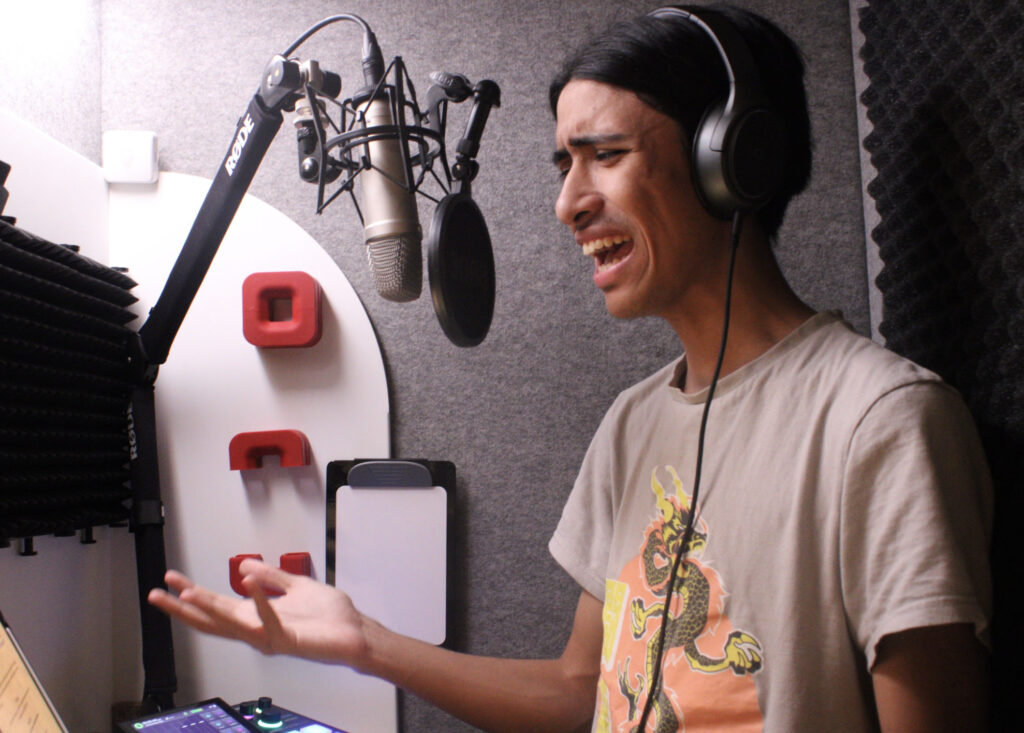
Voice-over is a long-standing profession that started with the first radio broadcast in 1906, and has expanded to include things like voice acting in cartoons and commercials over the years. In 1928, the first voice acted cartoon was released. It was Steamboat Willie.
But recently, with people having access to things like high quality mics, home studios and more access to education on the topic, the industry is seeing an increase in aspiring voice actors like Pacheco.
When I take a step back and look at the bigger picture, it’s just honestly an amazing opportunity.
Ben Patheco
Karim Kronfli is a voice and stage actor who has been a part of projects like the SCP archives, the Re:Dracula podcast series, as well as a part on BBC’s Doctor Who audio series. He talked about the increased accessibility of higher quality products.
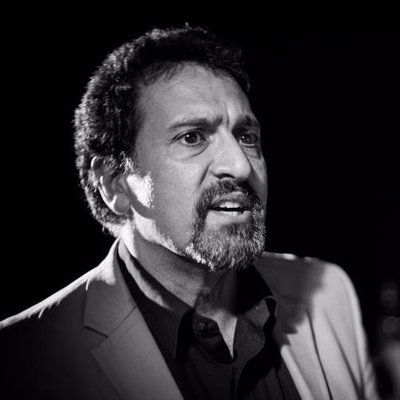
“In the time I have been doing it, the biggest change in voice acting today is the democratization of audio recording. The fact that the kit’s really affordable, the fact that now we’ve moved so much to home recording. I think, that’s one of the biggest things, it doesn’t break the bank to build either home build, or buy a professional sounding recording environment. There’s a lot of professional information out there on the internet and we’re able to do that. Twenty years ago, you’d have to go into studios now they’re everywhere.”
Working out of his GTA home, Pacheco represents a new generation of voice actors who have started a career with equipment they bought and a studio of their own.
According to data collected by voices.com, a website where many voice actors can get their start, 60 per cent of part-time voice actors have started their career in the last three years, emboldened by the accessibility to high-quality gear.
Pacheco sits down and reminisces about what got him into voice acting in the first place.
“Well, voice acting was something that I was very uneducated about at the beginning. With it, I kind of used to do impressions of characters I liked, like Kermit the Frog, Terminator, a few other video game characters, he says. “But I never really thought about voice acting until I got older and
started realizing there are voices behind certain characters. I kind of just said, ‘I’d be really cool if I were to voice a character like that and seeing it kind of animated or seeing it move on the screen’.”
Pacheco realized he would enjoy such a career path.
“I wanted to be able to have a career that I could have fun with. It’s kind of one of those things where you’re just built for it. It’s something that just ‘clicked’ when I was first getting into the industry.”
Michael Daingerfield, who is a voice acting coach and the founder of On the Mic Training, talked about how voiceover has expanded over the years.
“Those same people were probably doing most of the TV ads, and you had cartoons popping up as well in the 60s and 70s. And of course, you know, and then it just continued to grow in the 80s, and 90s, and so on, right, it just became more of an actual industry for commercials, animation, narration, video games, like all those things.”
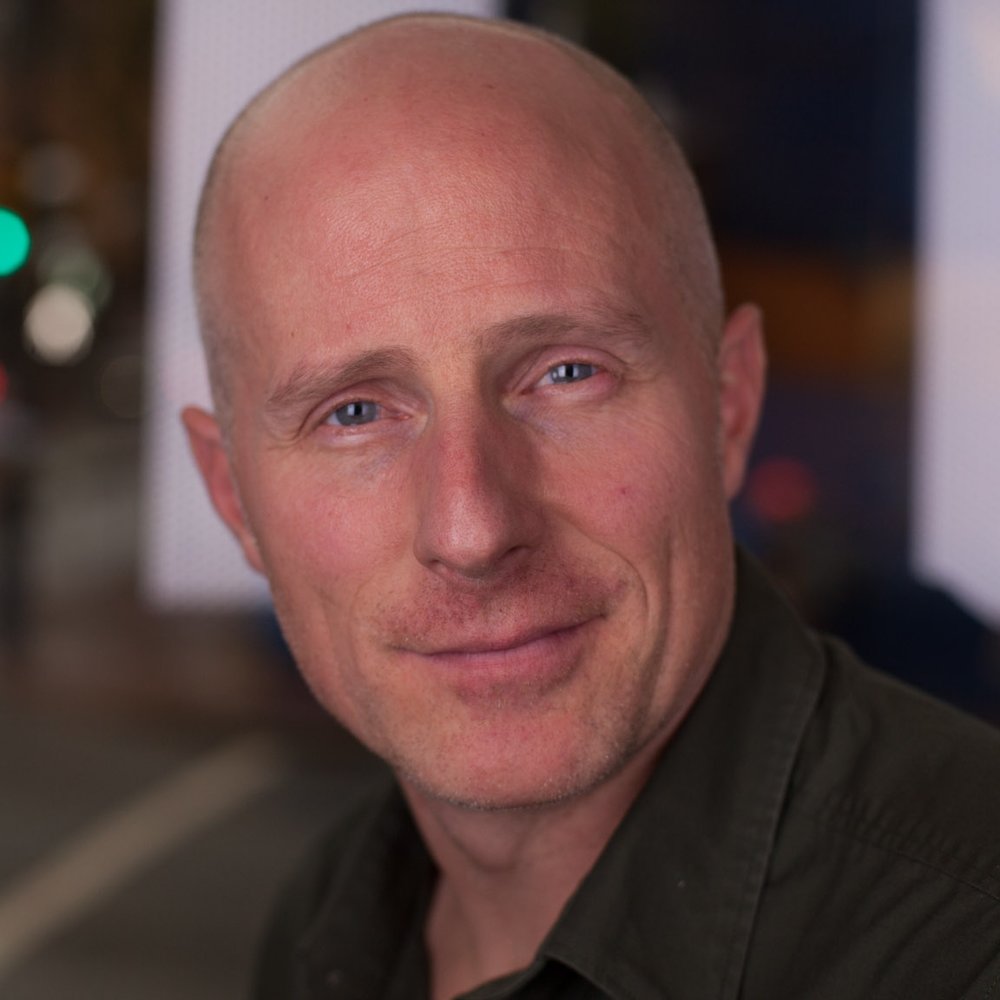
Daingerfield has also provided the voice for a variety of animated characters over the years, including Gintoki Sakata from the anime Gintama, Lego Han Solo from the animated film Lego Star Wars: The Yoda Chronicles and Sesshomaru from the anime Inuyasha.
On The Mic training also offers a six-month to a year diploma program in a studio or online. Pacheco is a graduate of that program and for most of his time since has been freelance. Recently Pacheco’s experience has gotten him a part in New-Gen, an upcoming marvel show. He talks about how he feels getting such a large opportunity.
“It is very in a sense, almost jaw dropping. When I step back and look at the bigger picture, it’s an amazing opportunity. You kind of wonder, ‘How did I get here?’ or ‘how did this even happen?’”
There are a few ways to become a voice actor according to Roger King, an agent for PN Agency who represents voice talent in Toronto.
“There’s different sort of entry points to getting in, all of it requires some kind of training.”
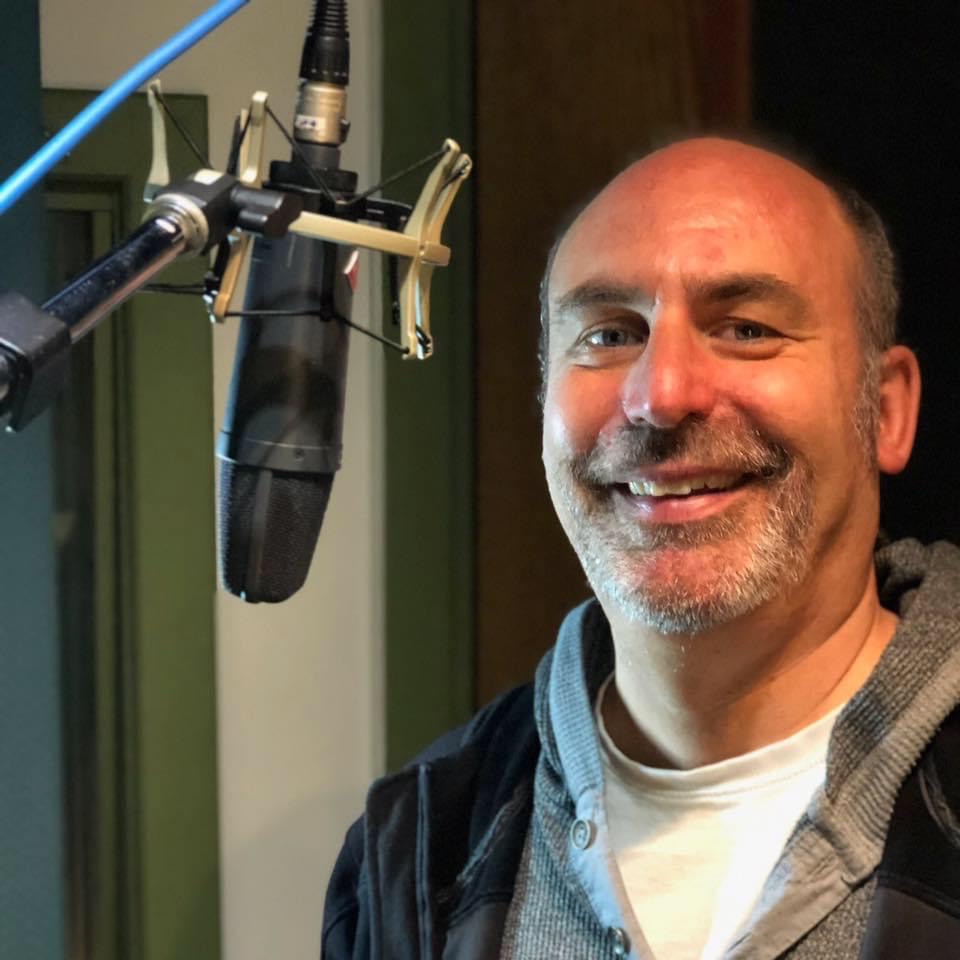
King goes into how someone would get into more broadcast focused voice over.
“Some people come out of radio. A lot of people come out of a broadcasting school, but there are more and more classes and workshops voiceover related. Some of them are in the industry, casting directors who are also voice coaches or producers who are also voice coaches and then sometimes talents who have been in the business for a while start coaching as well. So there’s a lot of workshops you can take, a lot of classes.”
King touched on more acting-focused roles as well.
“Some people find their way into voiceover through acting. Studying theatre might even be second, city comedy, anything that’s a performance related discipline could have a voiceover component to it. The bottom line is you need some kind of training whether it’s gonna be a full program in a college or just some workshops, you do need to get the experience behind a microphone.”
King says similar to other acting professions there are those who do more freelance and more contract-based careers.
Animation is just getting into a character, like fully embodying the character physically and emotionally through your voice and spirit.
Michael Daingerfield
Pacheco was just doing freelance work before he was able to get his role on New-Gen through his agent, as well as his experience in on-the-mic training.
“I’ve mostly done freelance and I haven’t gotten into too big of project just yet and with it I would say I’d prefer freelance. But that’s just because of my opinion now and that can change in the future. But I have a feeling that being part of something big means committing to something to like that project for maybe months or years and that’s something that does excite me.”
According to Roger King, there are many who go into both aspects of voice acting.
“There are many people who do voiceover full-time, this is all they do, they have their own home studio, they have an agent. When it comes to animation, you have people who just do cartoons and animation stuff full-time. You have the people I mentioned earlier, who do radio and/or television. They go on air, they maybe do voice-overs on the side.”
It can even be a decent side hustle.
“You’ve got other people who do other things in the business. They might be a producer, they might be a writer and, then, they do some voiceover work as a freelance kind of thing.”
He mentioned that a person on his voice roster came to him when he was a copywriter for ads, he’d do some voice work for one of the characters in the ad if nobody else was available.
You’re playing a character and you’re projecting that character’s truth.
Fionna Thraille
Voice acting is a very diverse profession, you can do voices for characters in a video game, or a cartoon, as well as commercials, audio books etc. There are several differences between doing voices for each medium and Daingerfield has done all of them. He talked about what it is to do a commercial.
“I mean, commercials are more you know, you’re more being yourself. You’re more a spokesperson for a product or a brand.”
Doing audio books can be a different approach.
“Audio books is more you’re telling a story,” says Daingerfield. “Whether it’s fiction or nonfiction, depending on what it is, but you’re, you’re getting into the story and, you know, speaking the narrative, maybe through a bunch of different characters.”
The approach for actors in animation is different.
“You know, animation is just getting into a character, like, fully embodying the character physically and emotionally, and through your voice and spirit, and serving the narrative of the piece of what you’re doing.”
There are many similarities between voice-acting and what many would say is ‘traditional acting.’ Both require similar skill sets, something Pacheco had some experience in.
“I have experience with acting myself, but it never really stuck. But that experience stuck, with it having that experience of acting, being able to kind of get into a character’s shoes thats like the main thing that got me to have fun when voicing characters, voicing even commercials even those are pretty fun.”
Many voice actors also have ‘traditional’ acting experience like Re: Dracula’s actor Kronfli, who says both forms of acting are due the same amount of respect.
“At the end of the acting is acting,” he says. “You’re delivering a degree of characterization purely through vocal delivery. So, what I usually do on stage, throwing the energy out to an auditorium full of you know, a few 100 to 1000 people, all that energy has somehow got to be condensed to one square inch in front of my mouth. Which is different, and is a skill. But that’s what you need to do.”
Fionna Thraille, a colleague of Kronfli and accomplished voice/stage actor in podcast series such as Vast Horizon, Cyclone and the video game Lorelai, spoke on this as well.
“The similarities would be, certainly the acting is a very important part. It’s feeling the words, whatever they are. If it’s commercial, obviously, you’re selling something, but you’re wanting to be truthful,” she says. “And truth is a part of acting. It’s probably the biggest part of acting. And so you’re playing a character, and you’re projecting that character’s truth. Though there are still challenges in the voice acting community as well.”
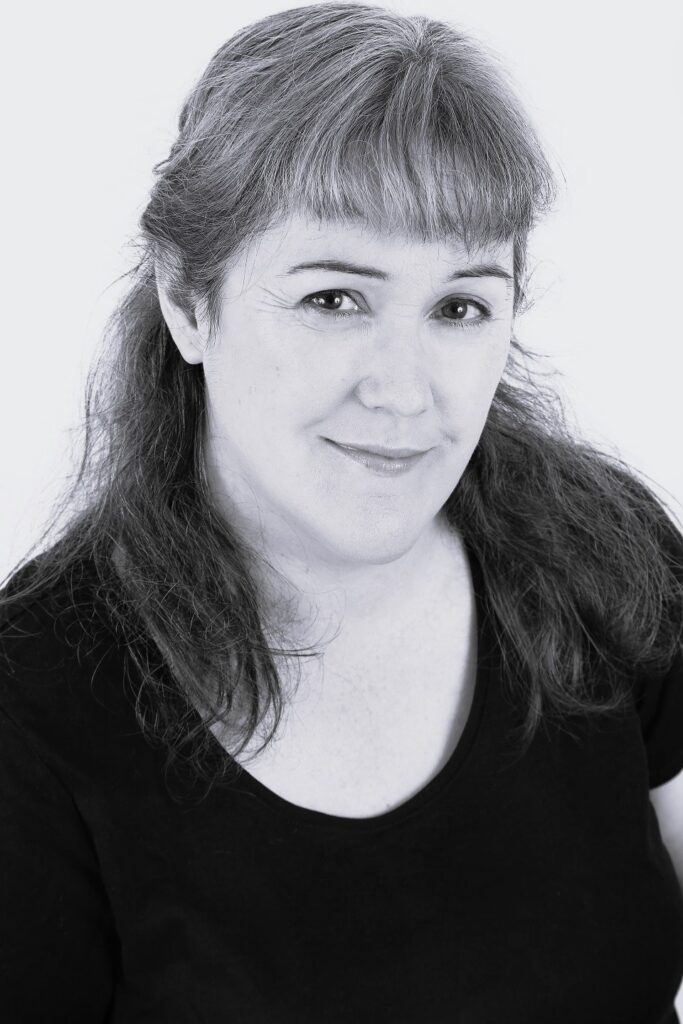
Kronfli went over something most beginner voice actors or actors in general should be aware of.
“Like any actor, you’ve got to be immune to rejection. You have to appreciate that when you go for a role. It’s not necessarily your skill, although possibly it is if you’re an early early stage actor, and you haven’t quite built up the skills or the emotional history, so you can tap into those kinds of things. But your voice may just not work with the other person’s voice in the scene.”
Pacheco agrees that voice actors can go through hundreds of auditions and not get a single yes.
“Usually when it comes to the process of doing an audition, it’s pretty simple, pretty fun. I have an agent who is basically able to get me auditions, and opportunities, and send them over to me, I just have to do them and send them back, very simple and straightforward.”
“You may wonder, ‘How many do I have to do?’ usually when it comes to like I guess how many you do often You have to do over 100 to even get on audition accepted. It’s a very competitive industry, but I don’t mind that,” Pacheco says.
Thraille discussed a more of a recent issue regarding voice actors.
“Obviously, AI is starting to be an issue. It’s complicated. And we really, really need clarity on exactly what’s happening. On this side of the water equity unit, the actors union has issued sort of a help pack, for anyone doing audio at the moment to help them to sort of navigate around AI, particularly in contracts,” Thraille says. “Your voice can be used in adverts that you wouldn’t agree with and for things that you wouldn’t agree with, and it also puts you out of a job.”
Pacheco flew to New York in December to record for New-Gen. The show is set to run for five seasons and he hopes to be there for all of them.

